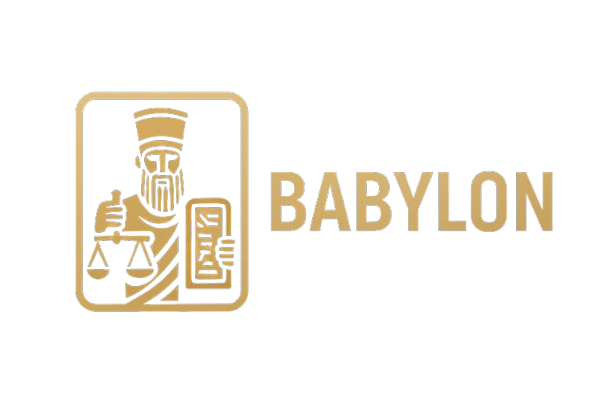The Rise of Babylon (c. 2000–1800 BCE)
Early Dynastic Settlement
Before Babylon became a great power, the region was a collection of independent Sumerian and Akkadian city-states.
Key Features of the Early Period:
- Babylon was initially a small city-state under Amorite rulers.
- Influenced heavily by older Sumerian culture (writing, religion, mathematics).
- Gradual expansion due to trade along the Euphrates River.
Early Rulers (pre-Hammurabi):
|
Ruler |
Approx. Dates |
Importance |
|---|---|---|
|
Sumu-abum |
c. 1894 BCE |
Considered founder of the First Dynasty of Babylon |
|
Sumu-la-el |
c. 1880 BCE |
Strengthened city fortifications |
|
Sin-muballit |
c. 1812 BCE |
Expanded control over neighboring cities |
This period paved the way for Babylon’s first golden age under Hammurabi.
Army
- Mostly citizen-soldiers, not yet a professional army.
- Weapons: bronze spears, axes, daggers, simple bows.
- Soldiers were often farmers who served during conflict.
- Warfare was mostly city-state battles over land, canals, and trade routes.
- Chariots existed but were primitive (two-wheeled, donkey-drawn).
People & Society
- Population: farmers, shepherds, craftsmen, merchants.
- Sumerian influence was strong: architecture, writing, and administration.
- Society was divided into:
- awīlum – free citizens
- mushkenum – dependent people
- wardum – slaves
- Women had legal rights: property, inheritance, business involvement.
Religion
- Polytheistic with strong Sumerian roots:
- Enlil, Enki, Sin, Shamash, Ishtar
- Babylon’s patron god was not yet Marduk (that came later).
- Temples (Ekur, Eanna) were political and economic centers.
- Priests kept agricultural/astronomical calendars.
Economy
- Agricultural: barley, wheat, dates, sheep, goats.
- Early canal-based irrigation.
- Trade with Sumer, Akkad, Elam.
- Clay tablet contracts appear for the first time.
Culture
- Writing: early Akkadian cuneiform.
- Sumerian literature still dominant.
- Mathematics: beginnings of base-60 system.
